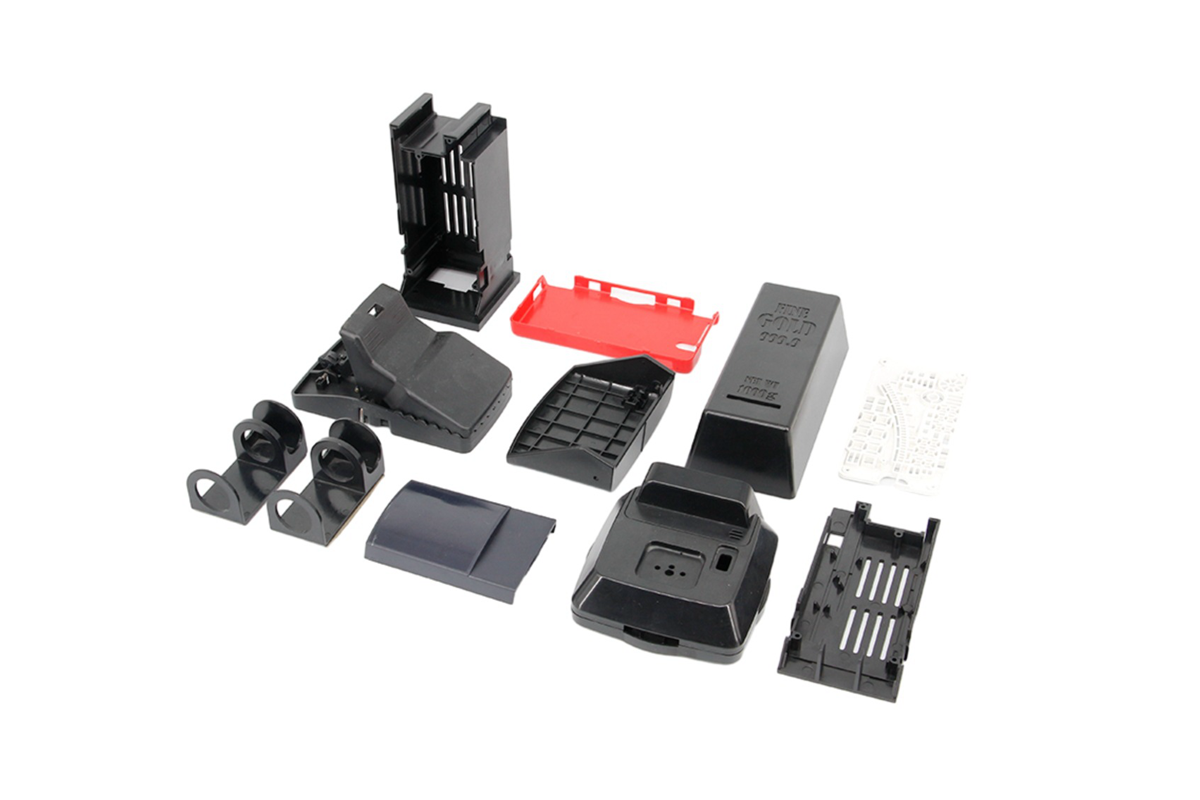How can plastic enclosures achieve effective EMI shielding?
How Plastic Enclosures Achieve Effective EMI Shielding
Plastic housings are lightweight and cost-efficient, but they are inherently non-conductive and therefore provide no natural protection against electromagnetic interference (EMI). To make them suitable for electronics, telecom systems, medical devices, and high-frequency modules, engineered EMI-shielding strategies must be integrated into the design. At Neway, shielding performance is achieved through material selection, conductive coatings, insert integration, and optimized molding processes such as injection molding and overmolding, ensuring enclosure integrity even at high production volumes.
Conductive Coatings for EMI Shielding
The most common method is applying conductive surface treatments to molded plastics. Vacuum metallization, electroless plating, or conductive wet coatings create a continuous metallic surface that blocks EMI. Techniques such as electroplating, chrome plating, and nickel or copper conductive paints are frequently used in consumer and telecom products. These coatings adhere well to plastics such as ABS, PC, and PC-ABS blends, forming a conductive barrier while maintaining the enclosure geometry.
Integrated Metal Inserts and Shield Frames
For higher levels of shielding or structural grounding, metal elements can be embedded inside plastic housings. Using insert molding, copper or stainless-steel mesh, stamped shielding frames, or grounding plates are permanently bonded into the plastic during molding. This approach provides a robust Faraday-cage structure where the metal forms the primary EMI shield, and the plastic provides insulation, lightweight form, and aesthetic design freedom.
Conductive Polymers and Filled Materials
Another option involves molding parts from conductive or semi-conductive plastics. These materials—typically PC, PA, or PBT filled with carbon fiber, stainless steel fiber, or conductive carbon black—deliver built-in EMI suppression without secondary finishing. UV-stable engineering plastics such as nylon (PA), PBT, and PPS can be filled with conductive additives to meet shielding goals in harsh outdoor or telecom environments.
Surface Preparation and Consistency
A smooth, uniform surface is essential for consistent EMI performance. Pre-processing steps such as sandblasting, tumbling, or controlled as-machined finishes help coatings adhere and form a continuous conductive layer. For coated plastics used outdoors, adding a protective outer layer such as painting or powder coating can enhance durability without compromising shielding effectiveness.
Industry Use Cases
In telecommunication, PC and PPS housings often receive internal copper-based conductive coatings for high-frequency devices. Consumer electronics commonly integrate insert-molded shielding frames for lightweight, compact device enclosures. In medical devices, conductive polymers and electroless plating ensure equipment meets stringent EMI safety standards while maintaining biocompatible exterior surfaces.
Practical Recommendation
For consumer or telecom applications, internal conductive coatings offer the best balance of cost, shielding strength, and scalability. For ruggedized or high-EMI environments, insert-molded shielding frames or conductive polymer systems provide superior reliability. Selecting the EMI method during early prototyping helps finalize wall thickness, grounding points, and assembly interfaces before mass production, ensuring stable shielding performance throughout the product lifecycle.



